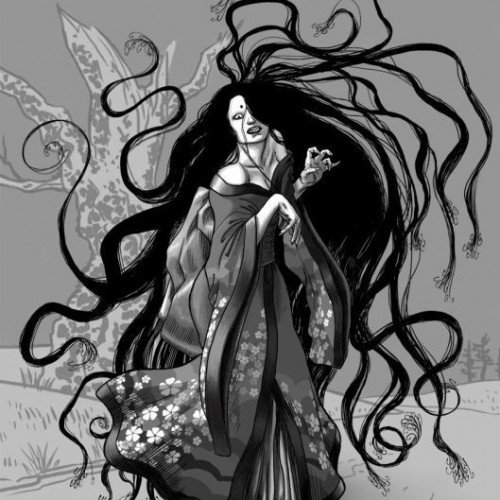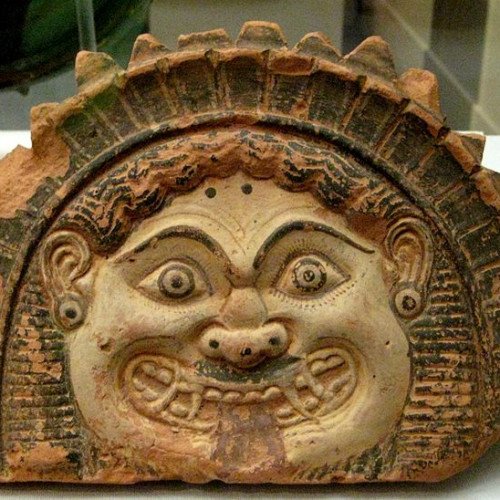Vote on Mythical creatures: Harionago vs Medusa

Harionago
Harionago (Japanese: 針女子), also known as Harionna (Japanese: 針女), is a "frightening female ghoul" in Japanese mythology. Her name literally meaning "Barbed woman" the Harionago is said to be a "beautiful woman with extremely long hair tipped with thorn-like barbs," Her hair is under her "direct control, and she uses it to ensnare men." She is said to wander the roads of the Japanese prefecture of Ehime on the island of Shikoku. When she finds a "young man, she will smile at him, and if the young man dares to smile back, Harionago will drop her terrible, barbed hair and attack."
Statistics for this Xoptio

Medusa
In Greek mythology, Medusa (; Μέδουσα "guardian, protectress") also called Gorgo, was one of the three monstrous Gorgons, generally described as winged human females with living venomous snakes in place of hair. Those who gazed into her eyes would turn to stone. Most sources describe her as the daughter of Phorcys and Ceto, although the author Hyginus makes her the daughter of Gorgon and Ceto.Medusa was beheaded by the Greek hero Perseus, who thereafter used her head, which retained its ability to turn onlookers to stone, as a weapon until he gave it to the goddess Athena to place on her shield. In classical antiquity the image of the head of Medusa appeared in the evil-averting device known as the Gorgoneion. According to Hesiod and Aeschylus, she lived and died on an island named Sarpedon, somewhere near Cisthene. The 2nd-century BC novelist Dionysios Skytobrachion puts her somewhere in Libya, where Herodotus had said the Berbers originated her myth, as part of their religion. She remained a priestess to Athena after her death and was risen with fresh hair.